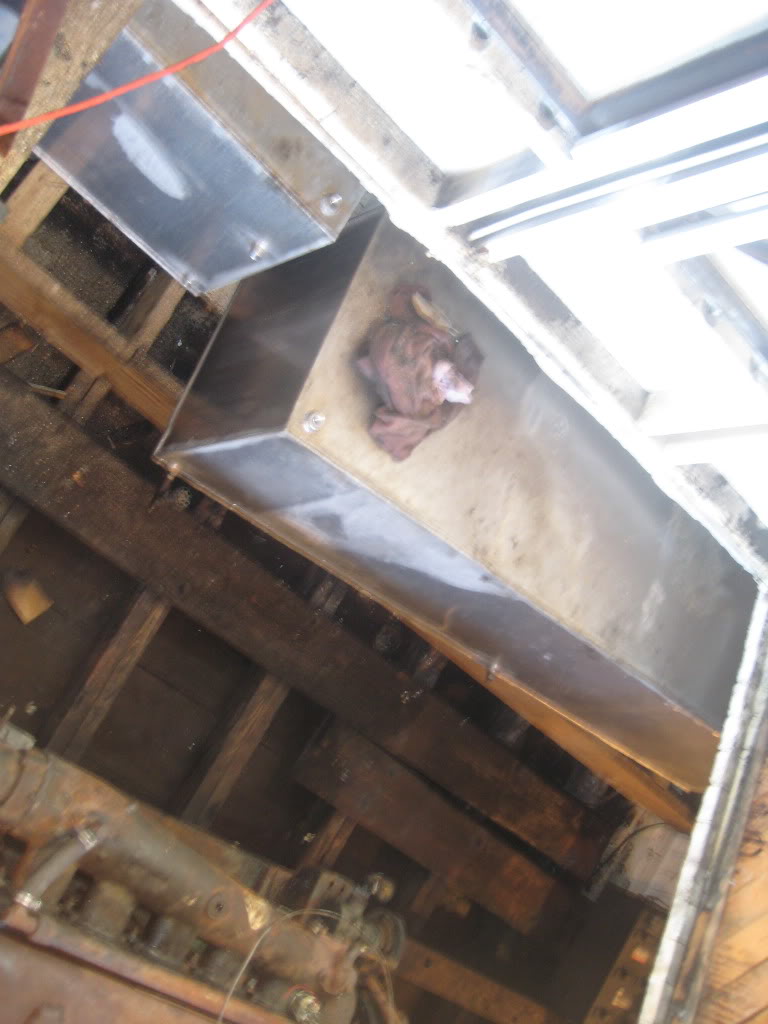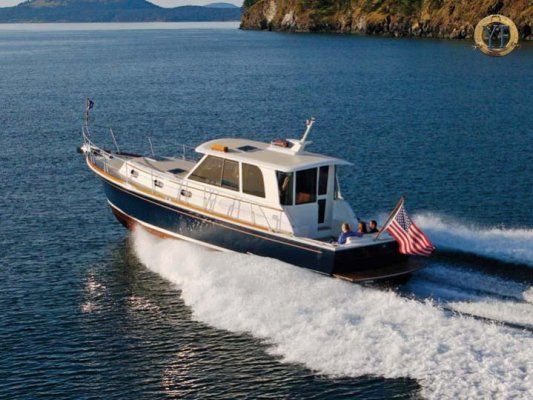healhustler
Guru
- Joined
- Oct 2, 2009
- Messages
- 5,198
- Location
- USA
- Vessel Name
- Bucky
- Vessel Make
- Krogen Manatee 36 North Sea
There is supposed to be one in this picture somewhere:
Rick: I don't suppose you happen to have a video of the pull-start.
There is supposed to be one in this picture somewhere:
"at least new tanks"
PROPERLY designed, installed and maintained tanks should not require replacement
EVER!
Not bold at all as there basically isn't any.
Go re read Fred's post you quoted again with emphasis on the CAPITALIZED word. Do not mistake crappy design and pathetic workmanship with proper.
PROPER ,
snip
Replacing a tank set with a marine tank (not a box of fuel) can require an awful lot of cash and work , like lifting the engine., destroying much of the interior , and having a custom tank set created.
Great if working on boats is your boating hobby , a financial disaster if a yard is to do the work.
snip
Here's a pic of the tanks last week after some more epoxy paint. The tanks are made from 3/16 primed steel The Aft tanks are in the background and they should go in next week. Hopefully I can post some pics as things progress, but I wont personally be on site for a couple of weeks yet.My tanks cost more than my boat. I lost sleep when I installed them making sure they were not put in wrong. Pulled one twice to make sure. $40k sounds like a lot for new tanks, maybe having a gutted boat is a good thing when replacing tanks. Insequent, I like that bow on your vessel. Do you have some pictures of the install of the tanks? I put mine on a very heavy rubber (almost 3/8" thick) over wood, making sure all connectors were well away from the aluminum. Nails did my last tanks in.
I'm doing it. In a yard. Proper. Expensive? Yes.
But hardly a financial disaster.
Great , but when the repairs start to approach a good percentage of the initial purchase price , some folks will gasp!


Brian, my tanks were made from 1/4" aluminum. They were easy builds 250 gallons/tank and basic rectangles 2'x2'x8'. There are two baffles and several outlets. Where did you get your sight glasses? Thanks Paul
.......
"Don't buy the biggest boat you can afford, buy the smallest one you can live on"
compared to the Bring An Other Thousand "BOAT" hobby some enjoy.
Big boats can be really cheap to keep...
But Marin, I cant reconcile your 'need for speed' with 'buy the smallest boat you can afford'. Waterline length is everything -

